Why The Wizard of Oz Still Captivates Children

The Wizard of Oz was of course a Hollywood film (and nothing to do with England). But it remains one of the most popular children’s films ever (almost 100 years after its release). And with good reason.
Because as well as imparting important messages (more on that later), it revolves around something that many young children these days are lacking, due to ‘pressing things with batteries’ to make them do anything: imagination.
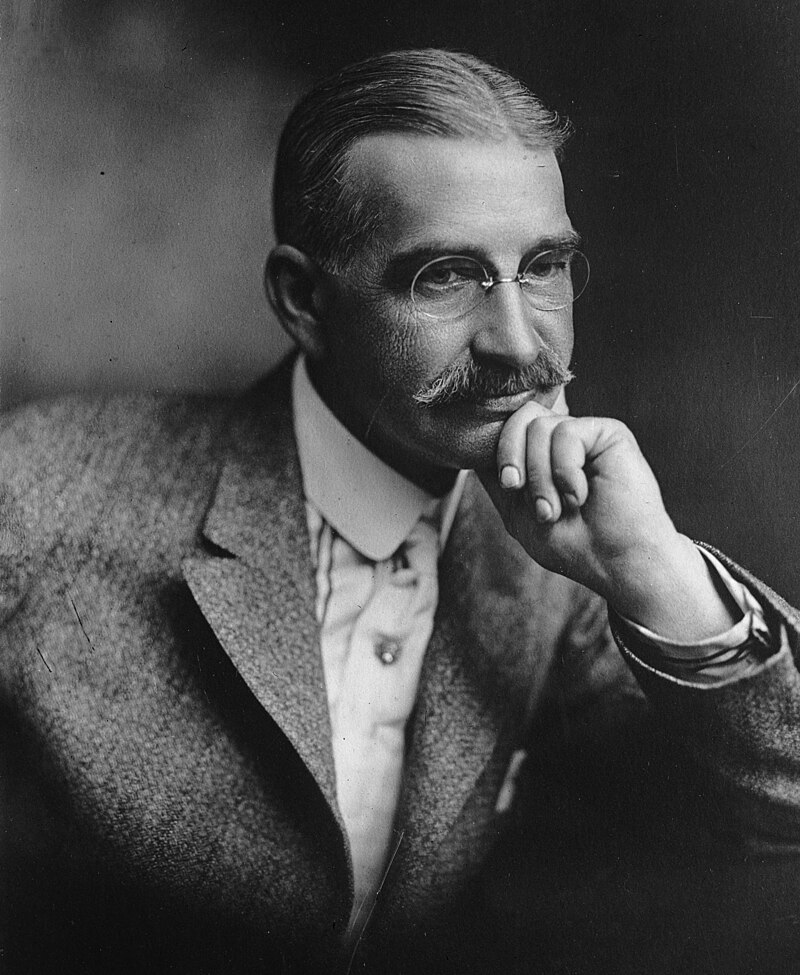
L Frank Baum was the American author of the book (written in 1900) that went on to become one of the best-loved children’s films of all time. He actually lived in South Dakota (not Kansas) and had written many other children’s books, not just this one.
Interestingly, Frank grew up in a wealthy family in New York State, but was severely disciplined for ‘daydreaming’ at the military academy he was sent to, allowed to return home after a heart attack, possibly induced by the stress of military life. So his fierce imagination was evident back then.
When asked later how he ‘thought up the book’, Frank replied ‘It was pure inspiration. It came to me right out of the blue. I think that sometimes the Great Author had a message to get across and He was to use the instrument at hand’.
The film actually lost a colossal amount of money at the box office. And only began to bring in revenue, when it started to air in the 50s, and became more popular each time it was shown.
Ever since its release in 1939, children and adults have been drawn to its colourful world, catchy songs, and unforgettable characters, inviting each new generation to follow the yellow brick road.
Judy Garland was chosen for the role of Dorothy, due to her incredible mature singing voice (despite being only 17). One of the film’s six Oscar nominations was for the song that she sang – Over the Rainbow.
Experts have noted that unlike some singers with drink/drug addictions whose performances have suffered, her early vaudeville training with breath support, is the reason why despite her personal issues, her performances were still outstanding, right up to her early death.
Adaptation from L. Frank Baum’s Book
The book by L Frank Baum is actually more detailed, there being four lands in different colours (a yellow land, not featured in the film is included). This was the land of the ‘winkies’ that were known for their tin-crafting skills (the book is really more for adults, than children).
Bringing the book to life as a film meant it had to be simplified for younger viewers. As the book has strange dark moments that would not suit a family film (although the witch was quite scary for children!) Plus the book did not have musical numbers!
In the original book, the ‘ruby slippers’ on Dorothy’s feet were actually silver. They were switched to red, to make them shine in the Technicolour. Which happens when her house lands in the land of Oz, after being uprooted from a cyclone in Kansas.
The Actors of The Wizard of Oz Film
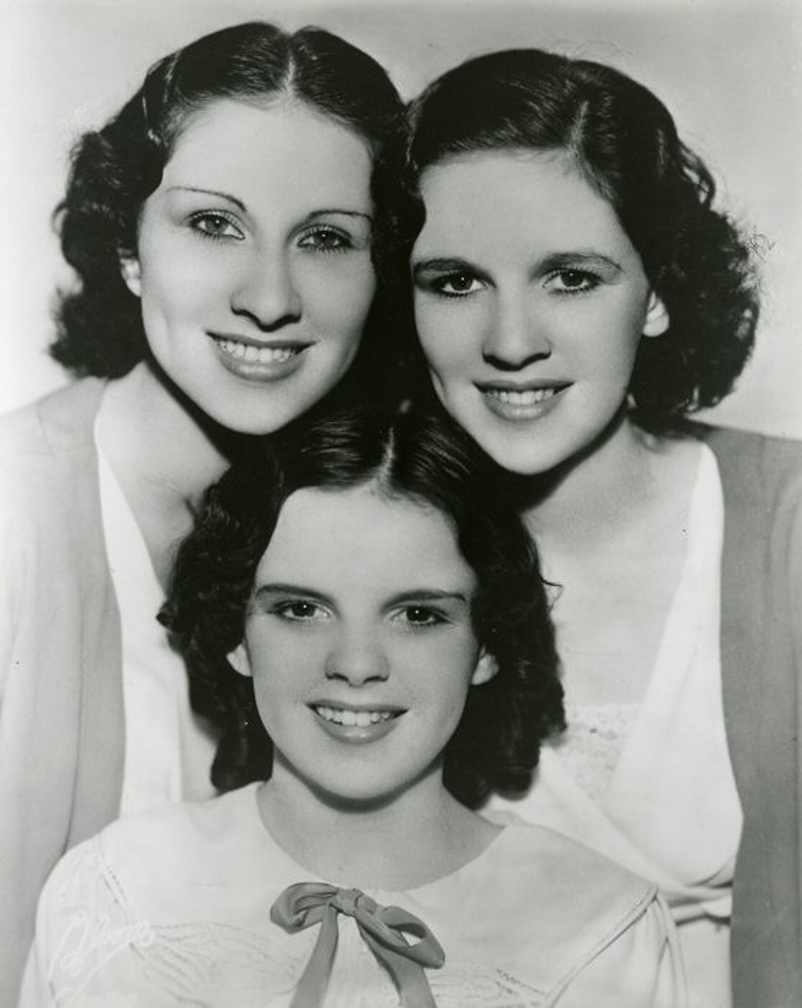
Judy Garland (who came from a vaudeville act of three singing sisters) alas went on to have a quite tragic life. This naturally gifted pretty girl was already being told she was overweight on set, and was given pills of all kinds by the end of the film. Which likely led to her drug addiction, which led to her early death age just 47.
In real life, her daughter Liza Minnelli married the son of Jack Haley, the actor who played the ‘tin man’. A devout Catholic, he went to Mass daily and regularly appeared on a 50s TV show called The Christophers, which advocated for showing ‘positive and ethical behaviour in the media’ – how times have changed.
The original choice of the tin man was Beverly Hillbillies actor Buddy Epsen, who had to drop out, when he almost died from ‘fermented blood’, caused by aluminium paint poisoning (the formula had to be changed).
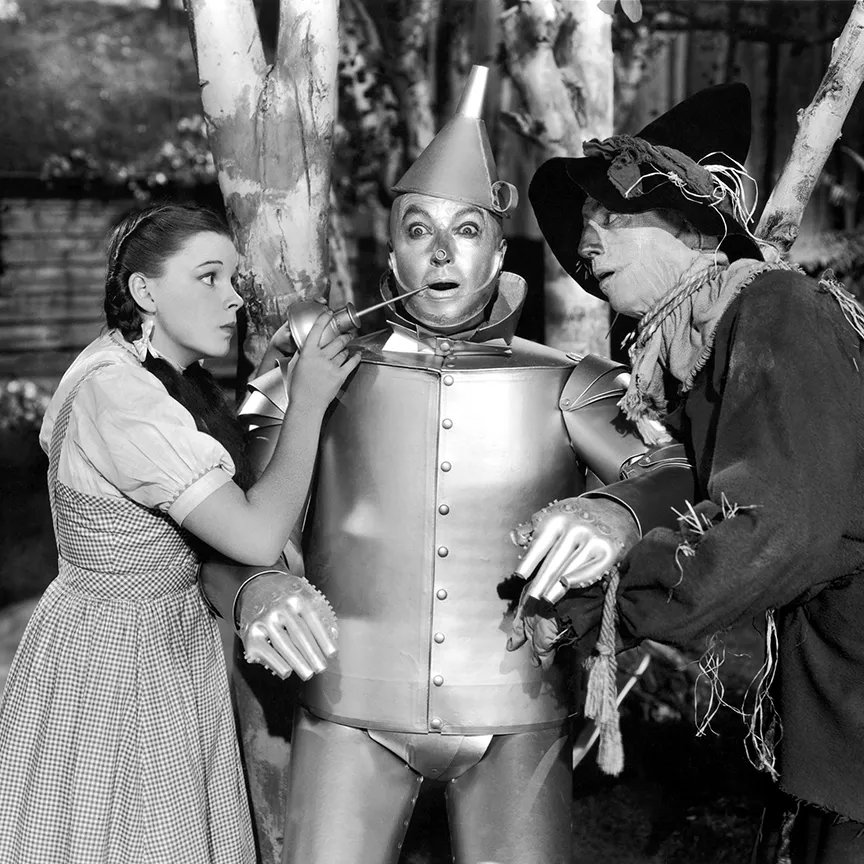
Roy Bolger who played the friendly scarecrow was a lifelong entertainer, who in real life was a more serious Catholic Republican, who enjoyed almost 60 years of happy marriage, though they never had children. Know for his kind approachable nature, he lived to the ripe old age of 103.
Very religious, he said he had read the story as a child, and thought the book was always a reminder of wisdom from the Bible, that his mother had pointed out to him: ‘The kingdom of God is indeed inside all of us, if we’ll only seek and find it there’.
Bert Lahr (who played the cowardly lion) was another Vaudeville act, who used the high wages to support all his family, which included a former wife who had sadly had to go into an institution, after being diagnosed with schizophrenia.
If we could turn back time, film-making would have been more humane. As the lion’s costume was indeed made from real lion fur, likely from a zoo or hunting expedition. Thankfully times have moved on.
And what of the Munchkins? We now know that Judy was complaining at some taking peeks under the dress (when she still a minor), something that would now be illegal. She later said ‘They were little drunks. They got smashed every night, and the police used to scoop them up in nets’.
But not all were like that. One of the few surviving female munchkin actors has told of how kind Margaret Hamilton was, telling them not to be scared when she was about to play the wicked witch.
The Wicked Witch (nicer than you’d think!)

Margaret Hamilton who played the Wicked Witch of the West was in real life a charming lady, who when first told she had won a part in the film, believed it was to play kindly Aunt Em! She suffered third degree burns when the toxic copper (green paint) ignited in an accident.
In real life, Margaret was a former kindergarten teacher, who campaigned for animal welfare and children’s education. She was just 36 when she played this part (18 years younger than the actress who played the Good Witch).
A Good Witch (descended from Edward I)
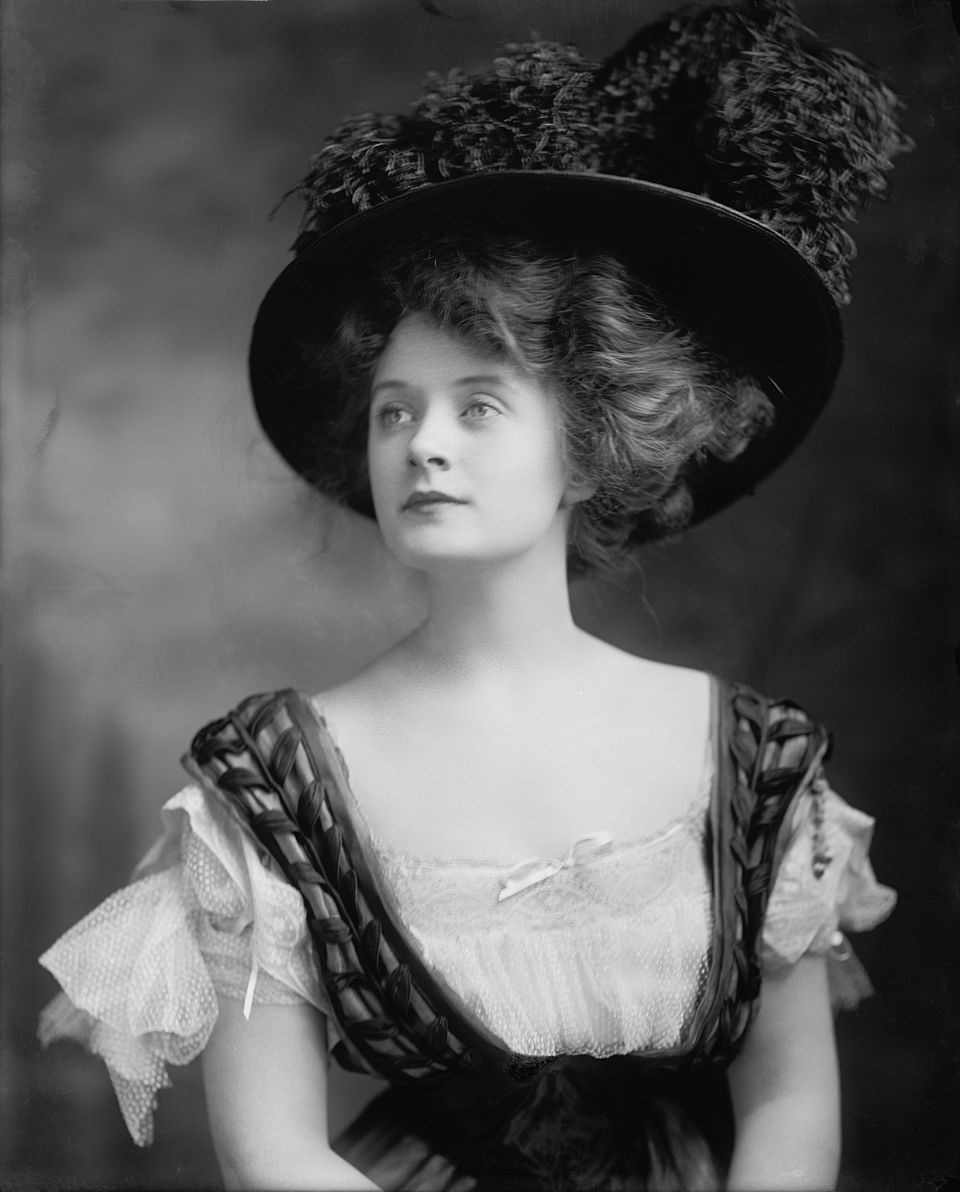
Billie Burke was the beautiful ‘good witch’ who helped Dorothy return to Kansas. In real life, the great-granddaughter of King Edward I moved to Broadway, after a successful career on the London stage. And bought a mansion in New York by age 24.
However she and husband lost everything overnight in the Wall Street Crash. Her husband’s death then left her in grief and debt. She was 54 when she played the part, yet is remembered for being one of the most beautiful screen presences ever in a film.
The Sad Life of ‘Aunt Em’ Actress
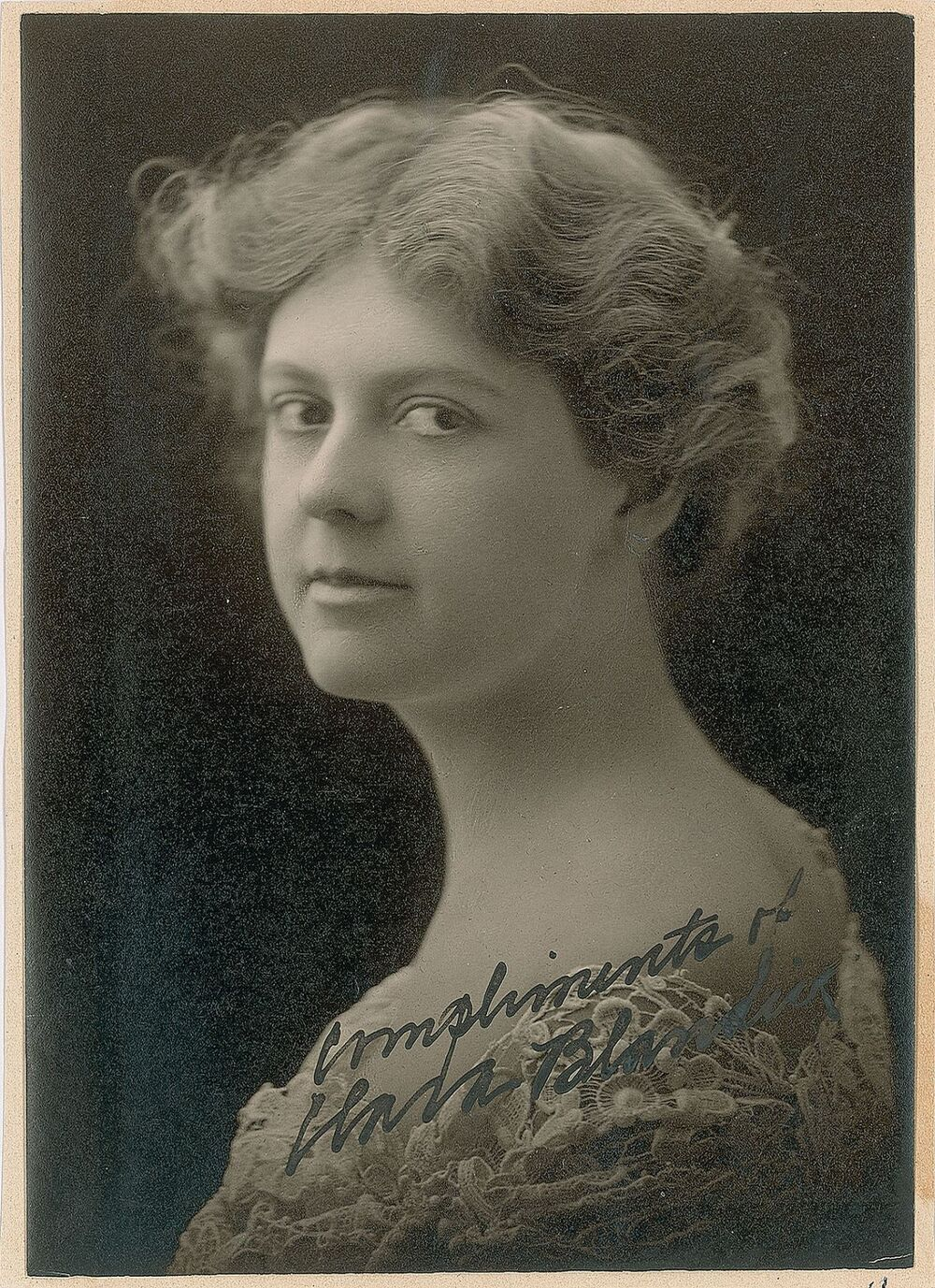
The actress who played Aunt Em had an ending as sad as Judy. When consumed in her 80s with arthritic paint (and about to to blind), she took some pills, put a plastic bag on her head and wrote a note asking ‘I pray the Lord my soul to take. Amen’.
Uncle Henry was played by actor Charley Grapewin, a former trapeze artist.
The Message and Influence of the film
The film’s heart beats strongest in its focus on self-discovery. Each of Dorothy’s friends believes they lack something critical – brains, heart, courage. By the end, they learn they had what they needed inside all along.
“There’s no place like home” isn’t just about returning to a farmhouse in Kansas. It’s a lesson about appreciating what you love and trusting yourself. The yellow brick road, full of twists and dangers, becomes a symbol for the journey each person makes in life.
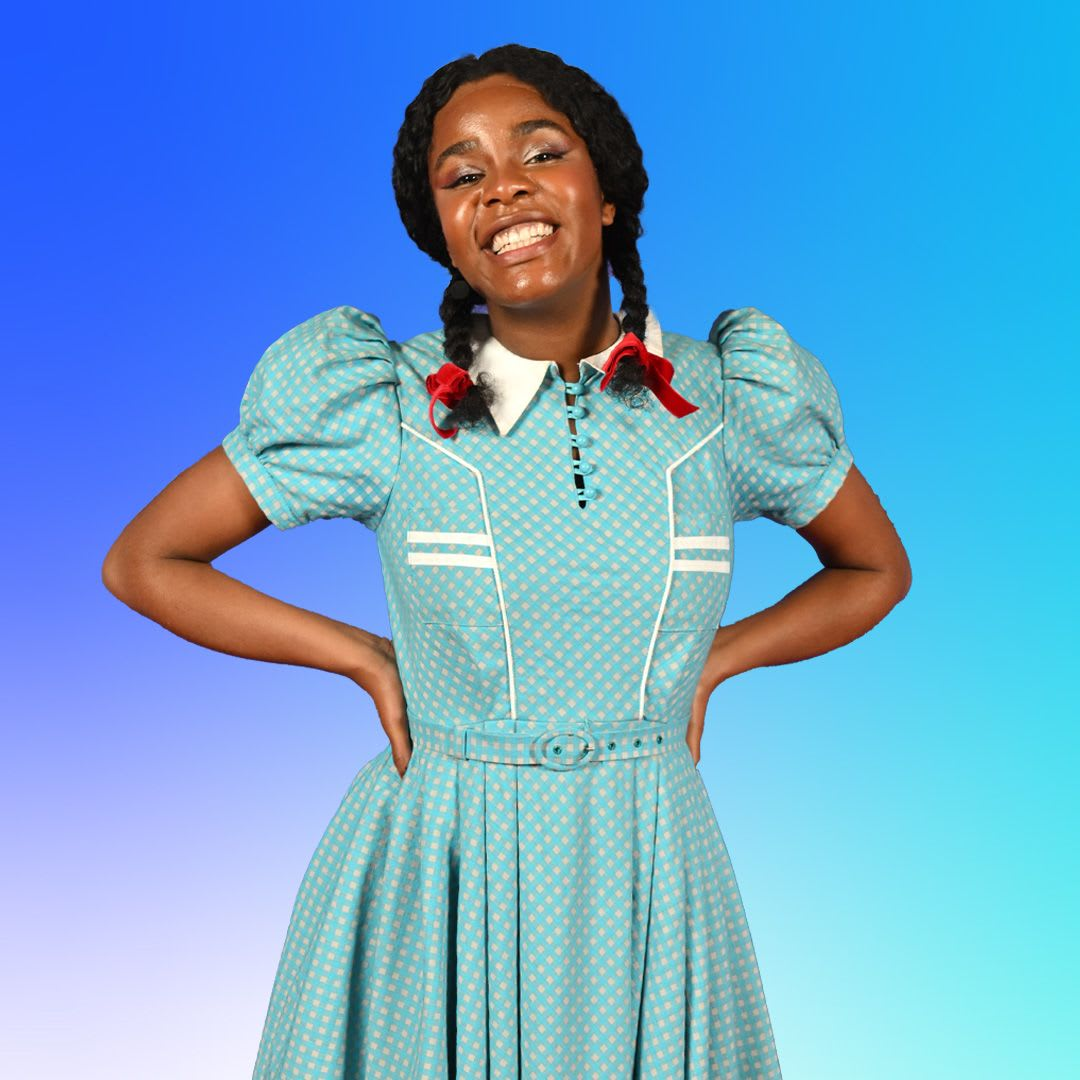
In recent years, the film has been turned into a musical theatre production, with Aviva Tulley taking on the leading role, and the late drag queen The Vivienne enjoying a star turn as the Wicked Witch of the West.






